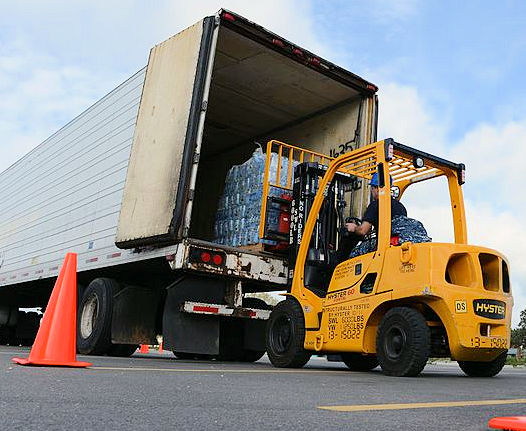Selecting the Right Forklift for the Environment
The hazards commonly associated with powered industrial trucks vary for different vehicle types, makes and models. All forklifts have a hazard designation assigned to them that tells whether they are suitable for use in certain kinds of hazardous atmospheres. You can find the designation on the forklift's load capacity plate. The table below explains the designations.
Operating a forklift in an environment where chemicals or other substances are present can be hazardous. Use only forklifts that are designed for operations under those conditions.
To select the appropriate forklift, you must know the type of location (Class) in which the forklift will be operated, the name of the chemical or substance and how likely it is that the hazardous condition would be present (Division).
Below are the various classes of locations in which a forklift may be used:
- A Class I location contains flammable gases or vapors.
- A Class II location contains combustible dust.
- A Class III location contains easily ignited fibers.
- An Unclassified location is a general storage, commercial or industrial location without the hazard conditions described above.
Below are the two divisions used to define how likely a hazard is present:
- A Division I location has a high potential for the hazard to be present.
- A Division II location has a lower potential for the hazard to develop.
Knowledge Check Choose the best answer for the question.
2-4. Where can you find the hazard designation on a forklift?
You forgot to answer the question!

